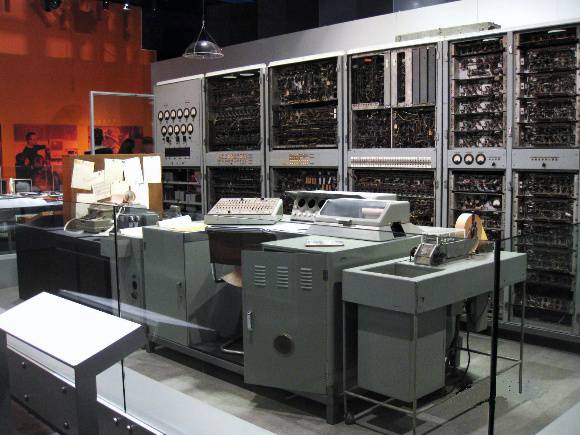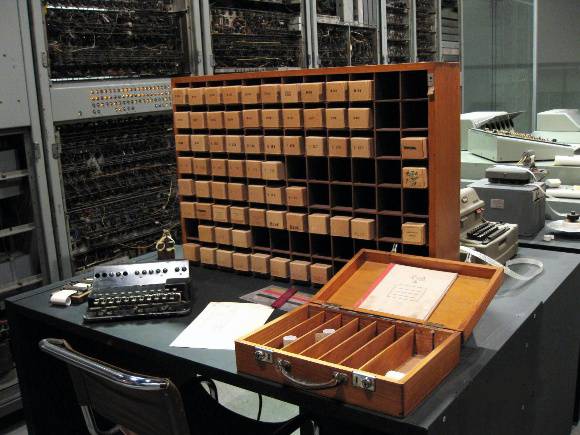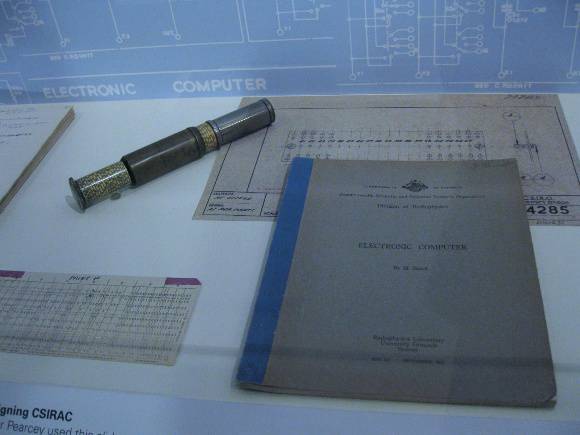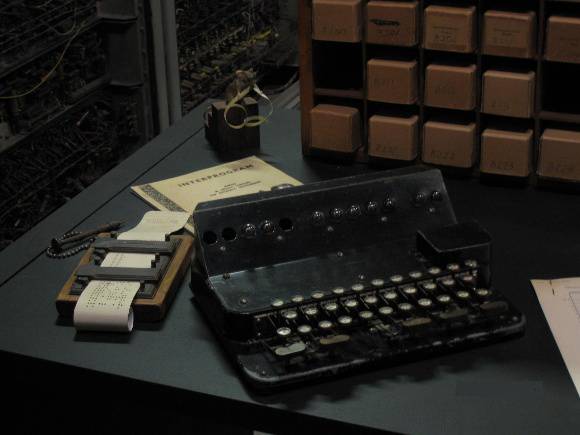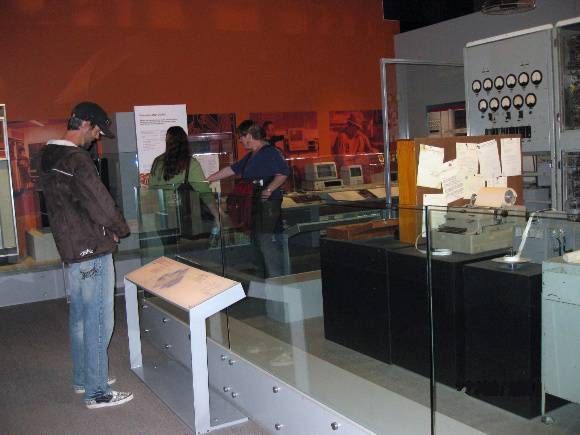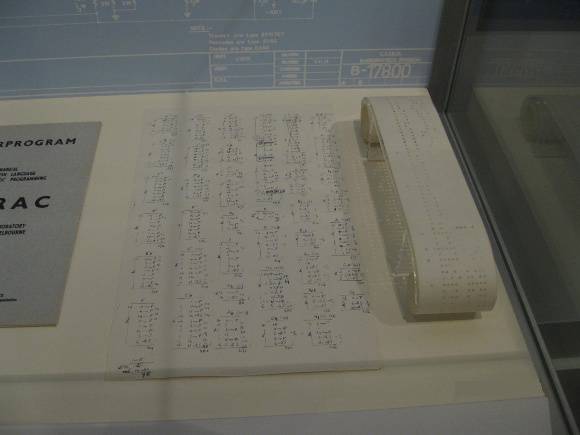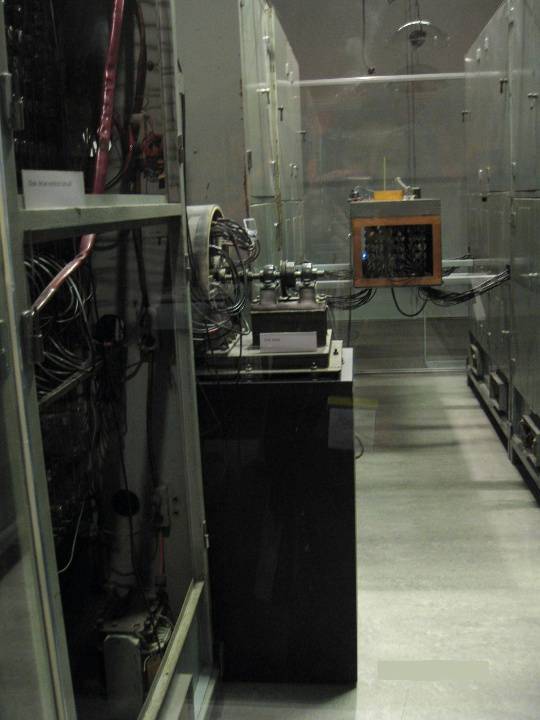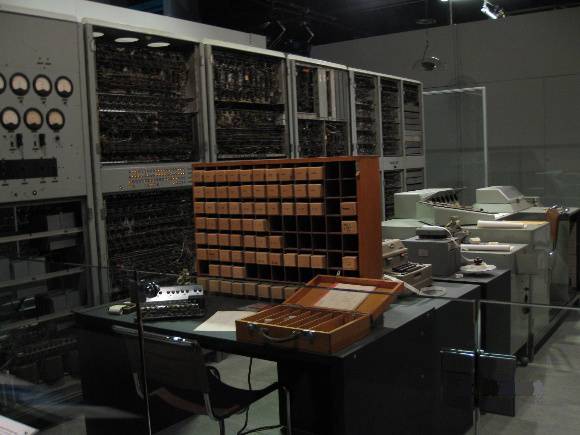| Back to search results » | Back to search page » |
|
CSIRAC (COMMONWEALTH SCIENTIFIC AND INDUSTRIAL RESEARCH ORGANISATION AUTOMATIC COMPUTER)
Statement of Significance
What is significant?
CSIRAC (Commonwealth Scientific and Industrial Research Organisation Computer), is Australia's first programmable digital computer and the only surviving intact first generation computer in the world. Many of the founders of the Australian computer software industry were trained on CSIRAC. Designed and built by Trevor Pearcey and Maston Beard between 1947 and 1949, CSIRAC was the first computer to be used in an Australian university, the first in Victoria and the first in the world to play music. CSIRAC is a serial machine which comprises nine metal cabinets located in two rows (five in the front and four in the back), hard disk drive (which occupies a cabinet in the back row), a control console, input and output devices, racks, printer, storage delay lines, an off-line paper tape editing area, paper tape readers and punches. The associated Software Library includes original paper tapes that were used to program the computer. This is Australia's oldest software library and almost certainly the oldest in the world. The Software Library for CSIRAC comprises punched paper tapes, in boxes, placed in order within a set of purpose-built pigeon holes. These tapes store subprograms (sometimes called subroutines) which instructed the computer to perform specific calculations or tasks. The Software Library includes music tapes, which are the first to generate music in the world. The tapes are the only existing record of such programs from any first generation computer. Developed by the CSIR (Council of Scientific and Industrial Research, later renamed CSIRO, Commonwealth Scientific and Industrial Research Organisation) at its Radiophysics Laboratory in Sydney, the computer was originally named CSR MK 1. The first program was run in November 1949 and full operation began in 1951. CSIRAC was the fourth computer in the world to have a 'stored program', which allowed computer programs and data to be accessed instantaneously, (it was preceded by: the "Baby", Manchester, UK, 21 June 1948, the "EDSAC", Cambridge, UK, 6 May 1949 and the "BINAC", Philadelphia, USA, August 1949). CSIRAC was a major Australian technological achievement operating more than 500 times faster that the best mechanical calculators of the time. The computer's capabilities were further developed and it was used to solve a wide range of mathematical problems. Following a change of focus by CSIRO, the computer was relocated to the University of Melbourne in 1955 where it was officially renamed, CSIRAC and was instrumental in the establishment of one of the earliest Computer Science departments in the world. From 1956-1964 CSIRAC provided a computing service for science and industry, operating for approximately 30,000 hours and undertaking around 700 projects which included: the first electronically computed 24 hour weather forecast in Australia; providing calculations for the Victorian Forestry Commission and the Victorian State Electricity Commission; building design; psychological research; and University staff loan repayments. Decommissioned in 1964, CSIRAC was donated by the University of Melbourne to the Museum of Victoria (now Museum Victoria) where it has been on display since 2000.
How is it significant? CSIRAC is of historical and scientific (technological) significance to the State of Victoria.
Why is it significant? CSIRAC is of scientific (technological) significance as it is the first automatic electronic stored-program computer in Australia and one of the first in the world. It is considered to be one of Australia's foremost technological achievements. Many of the founders of Australia's computer software industry were trained on CSIRAC. CSIRAC is of historical significance as it is the first Australian programmable digital computer and one of the first in the world. CSIRAC is the only intact first generation stored-program computer still in existence in the world. It was the first computer to be used in Victoria, the first to play music and the first to be used in an Australian university. Its arrival at the University of Melbourne enabled the establishment of one of the earliest Computer Science departments in the world.
The existence of the Software Library adds to the significance of CSIRAC. Without the software a computer is merely an assemblage of electronic and mechanical devices. The fundamental characteristic of a stored program computer is the ability to perform different functions according to the instructions (the software) loaded into the machine. CSIRAC's significance is further enhanced due to its fully documented provenance. A number of scholarly publications have been produced on the history of CSIRAC and its importance as Australia's first computer.
Group
Collections
Category
Community Objects


